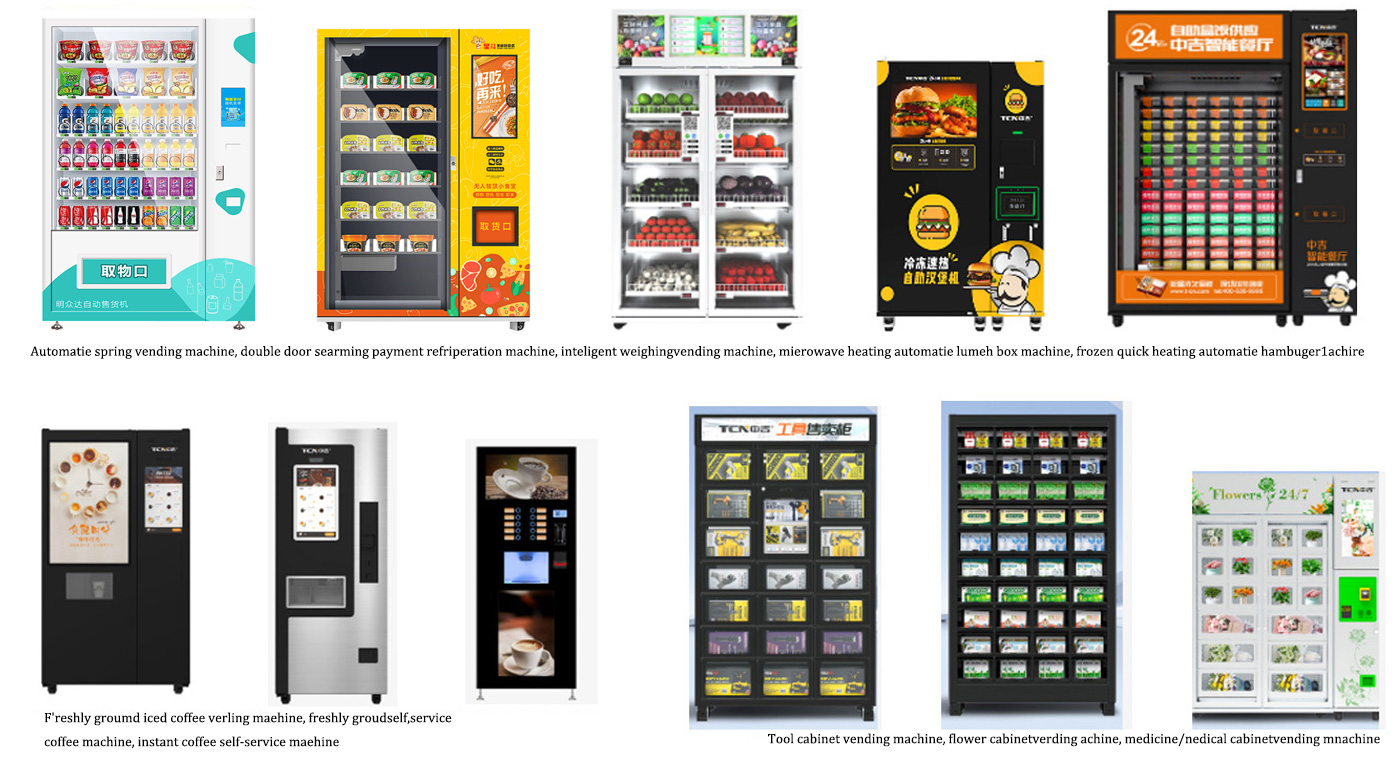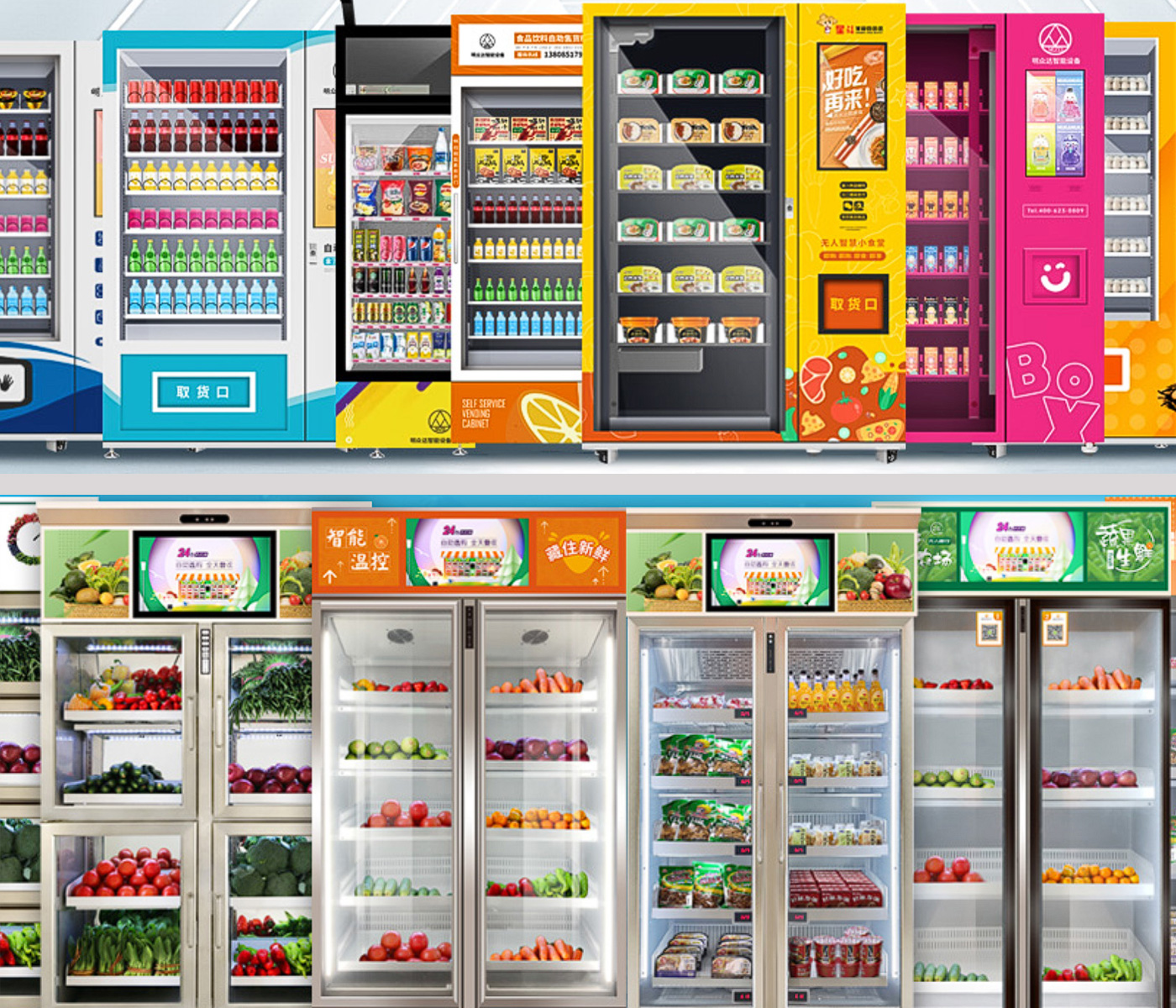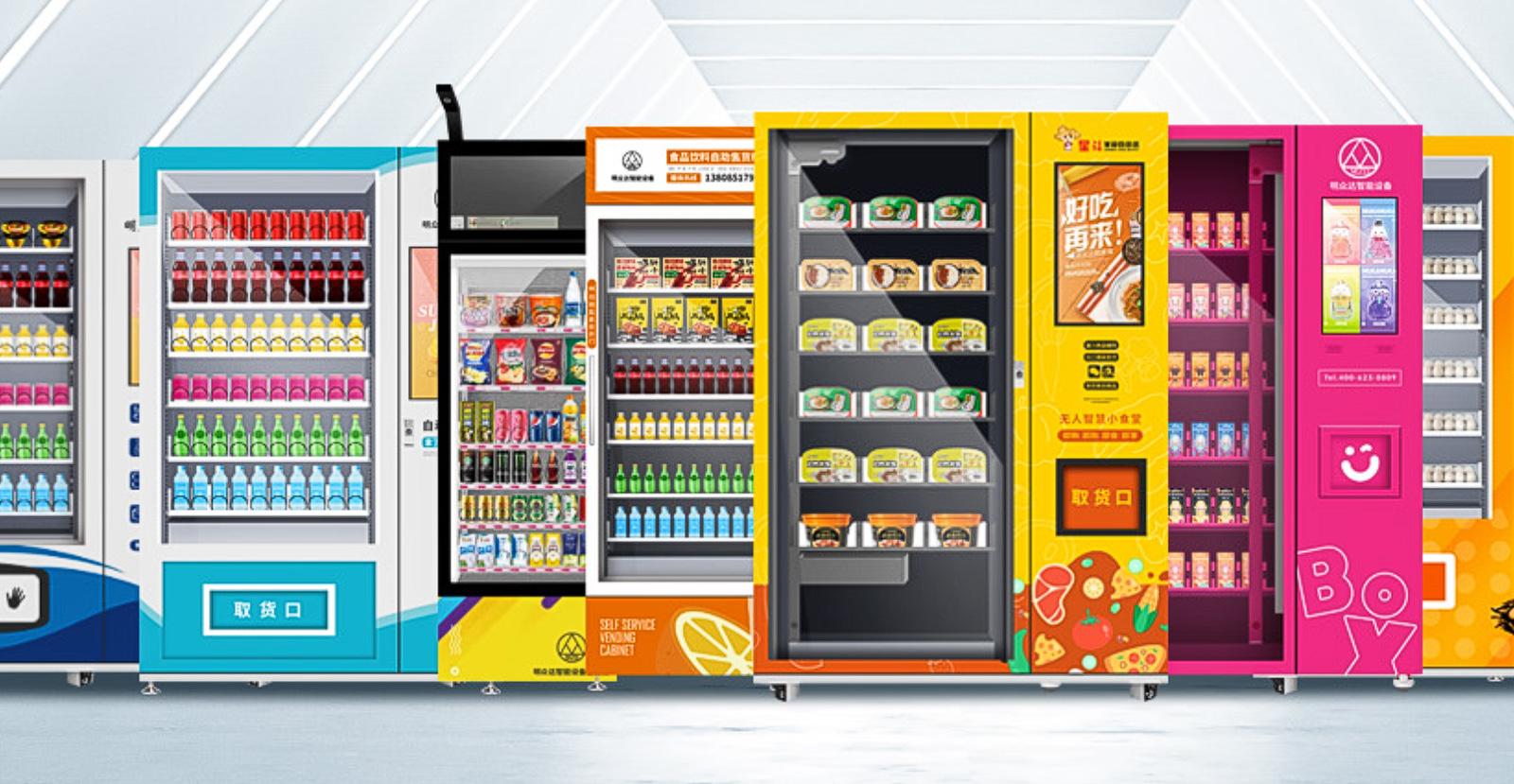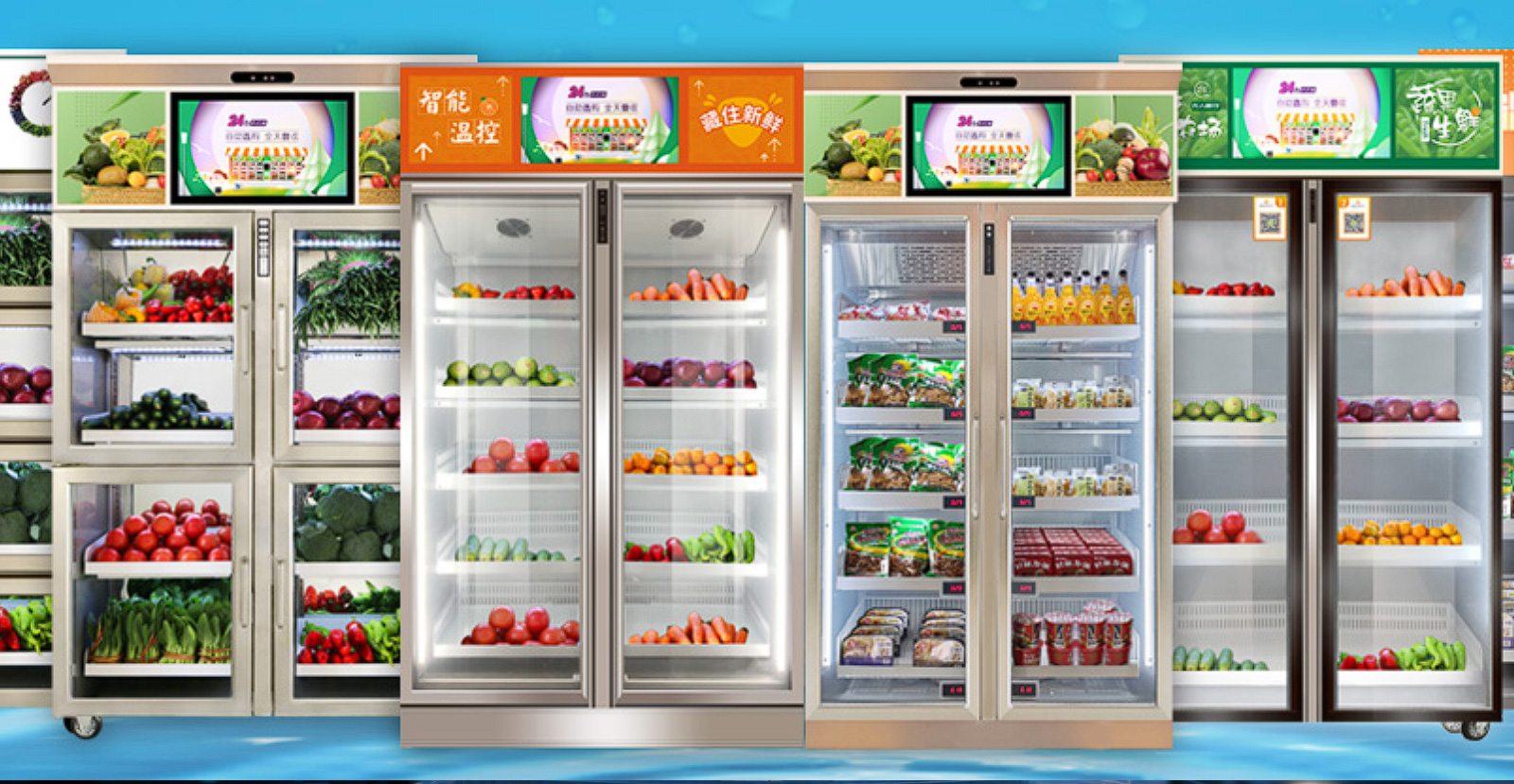Intelligent vending system
1. Overview
The intelligent automatic vending system integrates unmanned retail solutions with intelligent technology. It is equipped with intelligent hardware such as sensors, cameras, touch screens, etc. and software systems, including data analysis, payment processing, and inventory management modules, to achieve the automation of the entire process of automatic display, purchase, payment, and shipment of goods.
A. Unattended: No manual cashier is required, and users can complete transactions independently.
B. Intelligent interaction: Provide services through screen prompts, voice guidance, etc.
C. Data management: Real-time monitoring of inventory and sales data, support for intelligent replenishment and operation analysis.
D. Multi-payment: Integrate multiple electronic payment methods such as code scanning, face recognition, NFC, etc.
Suitable for scenes such as shopping malls, office buildings, and campuses, providing users with a convenient instant shopping experience.
2. Solution
The intelligent vending system covers hardware, software and service layers to realize intelligent retail functions. The specific architecture is as follows: 1. Hardware layer - Terminal equipment: - Vending machine body (cabinet, shipping mechanism, refrigeration/heating module). - Interactive equipment: touch screen, camera (for face payment or product identification), sensor (detection of inventory, human body approach). - Payment hardware: barcode scanner, NFC card reader, face payment module. - Communication module: - 4G/5G, Wi-Fi module to realize data transmission between device and cloud. 2. Software layer - Terminal control system: - Manage device hardware (such as shipping logic, inventory detection), process user interaction instructions (selection, payment trigger). - Cloud management system: - User end: mobile APP or applet, support product browsing, remote ordering, order query. - Merchant end: backend management system for inventory management, sales data analysis, equipment monitoring (such as fault alarm), marketing configuration (promotion activities, pricing). - Payment system: connect to third-party payment platforms (WeChat, Alipay, etc.) to process transaction settlement and reconciliation. 3. Data layer - Database: store user information, product data, transaction records, inventory status, etc. - Data analysis module: analyze sales trends and user preferences through AI algorithms, support intelligent replenishment suggestions and precision marketing. 4. Service layer - Operation and maintenance support: remote equipment maintenance, fault diagnosis, software upgrades. - Interface service: open API to connect to third-party systems (such as shopping mall management systems, supply chain platforms) to achieve data interoperability.
3. Hardware Products

4. More Applicatons


